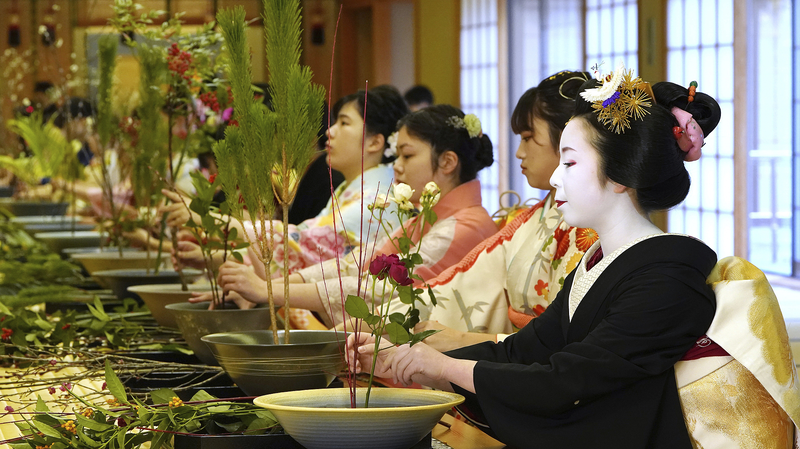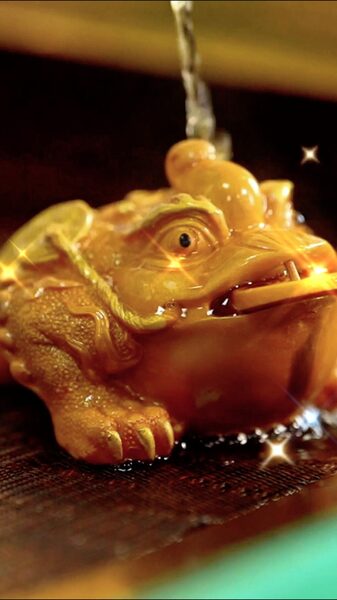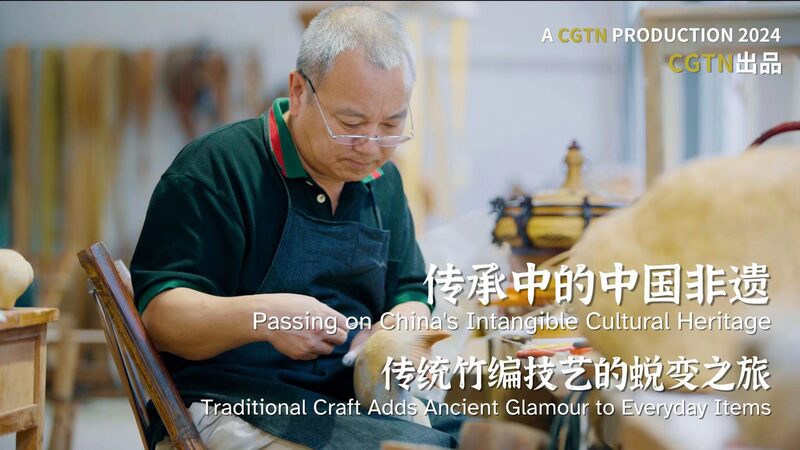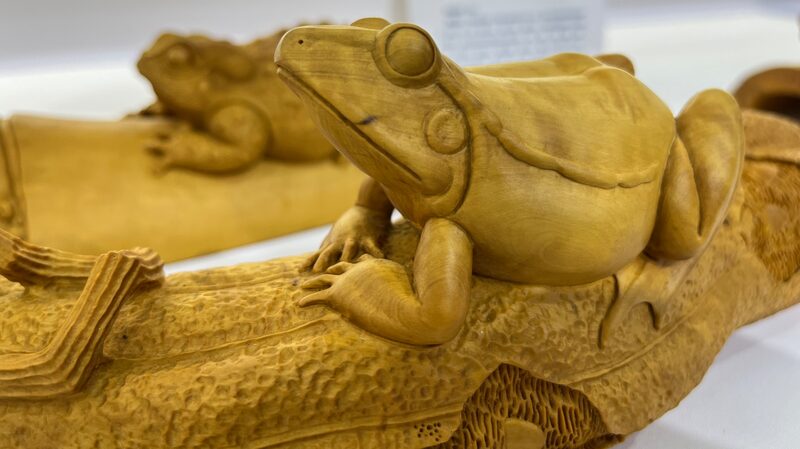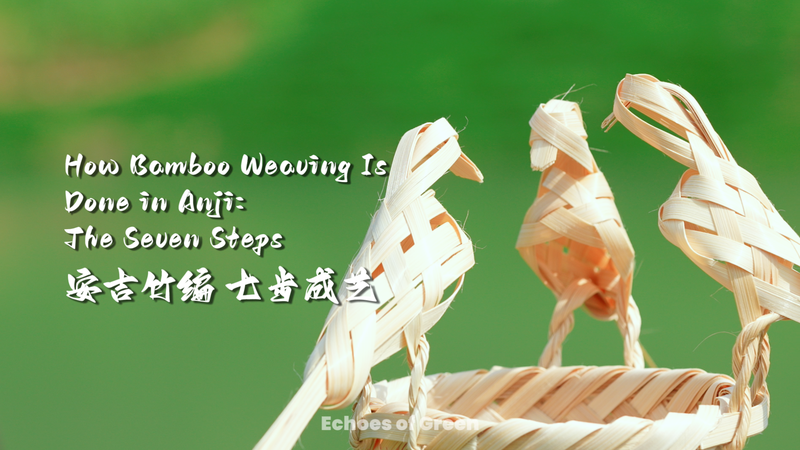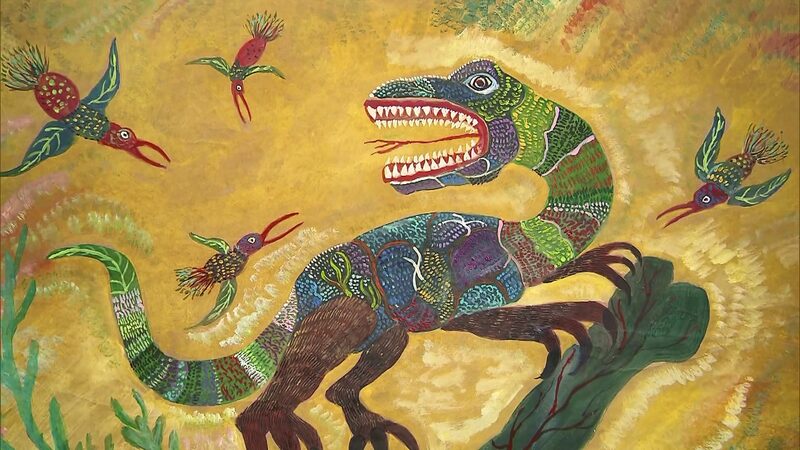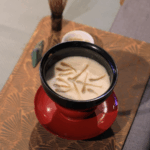From the meditative tea ceremony to the thunderous clash of bamboo swords in kendo, Japan’s traditional arts carry echoes of a shared history with the Chinese mainland. Centuries of cultural exchange across the East China Sea continue to shape practices that millions now regard as quintessentially Japanese.
The tea ceremony (chadō), refined during Japan’s Muromachi period (1336-1573), traces its philosophical core to Chinese Zen Buddhist monks who first introduced powdered tea. 'The reverence for simplicity and mindfulness came from Song Dynasty tea practices,' explains Kyoto cultural historian Yuki Tanaka. 'Even our tea bowls were originally imported from Chinese kilns.'
Ikebana’s minimalist floral arrangements evolved from Buddhist offerings introduced alongside Buddhism in the 6th century. Similarly, Japanese calligraphy (shodō) preserves techniques developed using Chinese characters, while kendo’s emphasis on discipline mirrors Confucian principles embedded in Chinese martial traditions.
This cultural interplay remains relevant today. Over 60% of Japanese practicing traditional arts acknowledge Chinese origins in recent NHK surveys. As Tokyo prepares to host the 2025 World Traditional Arts Festival, organizers plan exhibits highlighting these cross-cultural connections. 'Understanding our shared heritage fosters mutual respect,' notes festival director Hiroshi Nakamura.
Reference(s):
Chinese culture leaves lasting mark on Japan's traditional arts
cgtn.com
